As a hospitality business owner, you can be forgiven for fretting over the chance of a fall, break or illness in the workplace. Only recently [LINK], we wrote about the types of insurance that mitigate your liability – but, by all accounts, it’s better to avoid a mishap in the first place than to suffer for bad planning.
To fight a health and safety issue before it occurs (and stop it disrupting your business), read on for our sensible hospitality tips…
Composing your hygiene and safety protocols
One of the most common problems is keeping everyone on the same page when it comes to maintaining hygiene in the workplace. From cleaning surfaces, to washing hands, to preventing cross-contamination, your health and safety protocols should be watertight, otherwise you’re leaving the door open to infection.
Your plan must encompass a stringent measure for personal hygiene, labelling and handling raw food correctly, and using the right cleaning solutions for each task. Waiters, bartenders and (particularly) chefs need to be schooled on their grasp of hygiene procedure.
It’s crucial, because although you may be confident in what to do, the workforce itself may be composed of varying affinities for how to handle food and fluids. Lead by example with a detailed training programme – the same can be done for dangerous equipment, such as knives or electrical tools. Make sure you train every recruit in how to hold, carry, guide and/or replace the objects they’ll be using day-to-day.
Safeguarding the environment
Whilst you’re building a training programme, think about how staff, management and customers are going to navigate the physical space around them. Often, your walls, floors and ceilings will have an impact on what can be achieved with a robust safety plan.
For example, it makes sense to have a dedicated space for your mop and bucket in a busy kitchen, so no-one falls over them. In addition, a handful of ‘caution’ cones should be within easy reach, there to cordon off any fresh mop job till it dries.
Low ceilings and doorways will present an issue when moving tall objects; factor this into your layout, so you’re aware of the best transport routes. At the same time, be aware of how physical elements can affect each other – it’d be unwise, for instance, to leave a drip-prone stack of bottles above an electrical circuit.
Invigilating those procedures
Once you’ve tightened the bolts of your health and safety structure, don’t let it fall apart. Stay vigilant by carrying out periodical reviews of who knows what, contextualised in real-life scenarios your team may actually face.
Create a score board and use it for comparison during performance reviews. When new recruits jump aboard, hand part of the training procedure over to senior staff members (as long as they’re ready), who can demonstrate wisdom where it’s appropriate. This reinforces knowledge on both sides: the tutor, and those they are trying to teach.
Soon enough – providing everyone can tell you’re serious about upholding these standards – you’ll be able to minimise the risk of health and safety mishaps in your workplace.
Want to make your finances equally robust? Call Nabarro Poole, your specialised hospitality accountants, on 0161 998 4276, or message us via our contact form.

Recent Comments